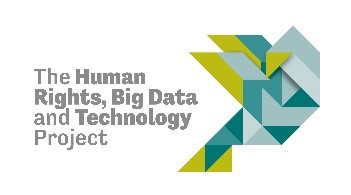HRBDT Overview
The Centre for Intellectual Property and Information Law (CIPIL) was a partner on the Human Rights, Big Data and Technology (HRBDT) Project, which is based at the Human Rights Centre of the University of Essex. This large-scale UK Economic and Social Research Council (ESRC) project aimed to explore both the perils and the promises of the use of big data and associated technology from a human rights perspective. More specifically, it sought to:
- Map and analyse the challenges and opportunities of the use of big data and associated technology from a human rights perspective;
- Consider whether fundamental human rights concepts and approaches need to be updated and adapted to meet the new realities of technology in the era of big data; and,
- Develop good practice guidelines on technology, big data and human rights and propose remedies and regulatory responses from a rights-based perspective.
The Cambridge CIPIL Contribution
The CIPIL contribution to the Project was led by Dr David Erdos with Dr Krzysztof Garstka as the Project’s Information Governance Research Associate. In addition to contributing to the Project’s aims as a whole, the CIPIL contribution led on certain aspects specifically related to data protection, big data and associated technologies within both Work Streams One (Full Rights, Implications, Regulation and Remedies) and Two (Surveillance and Human Rights).
As regards Work Stream One (Full Rights Implications, Regulation and Remedies), David and Krzysztof explored the potential for a globalization of the so-called ʻright to be forgottenʼ looking at data protection instruments at the transnational level (including those developed at the UN, OCED, Council of Europe, EU/EEA, APEC, ASEAN, ECOWAS and AU), as well as statutory, jurisprudential and regulatory developments in select jurisdictions (especially within the G20).
Turning to Work Stream Two (Surveillance and Human Rights), Krzysztof particularly explored the role of EU data protection instruments, as well looking at the potential role of other transnational data protection instruments, in the regulation of surveillance technologies.



 Twitter
Twitter Email
Email